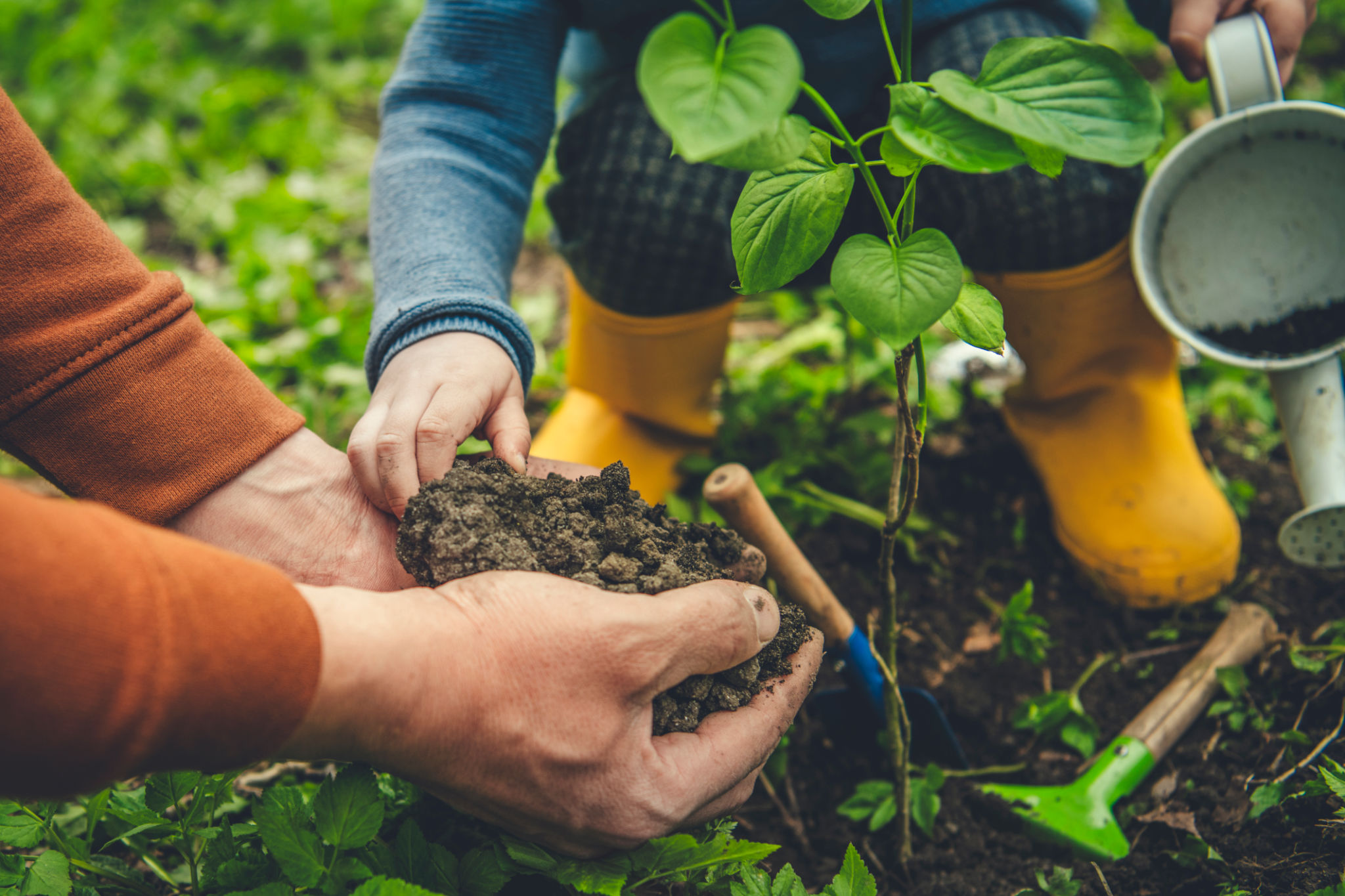Myth-Busting: Common Misconceptions About Sustainable Gardening in Ohio
Understanding Sustainable Gardening
Sustainable gardening is a growing trend among Ohio gardeners, but it's often surrounded by myths and misconceptions. Many believe that sustainable practices are too complex or not suitable for Ohio's climate. However, with the right information, anyone can cultivate a thriving, eco-friendly garden.
One common myth is that sustainable gardening is only for experts. In reality, sustainable gardening techniques are accessible to gardeners of all skill levels. By incorporating simple practices such as composting, mulching, and using native plants, even beginners can enjoy a sustainable garden.

Myth: Sustainable Gardening is Expensive
A prevalent misconception is that sustainable gardening requires a hefty investment. While it's true that some initial costs may be higher, sustainable practices often lead to savings in the long run. For example, rain barrels and drip irrigation systems can reduce water bills significantly. Moreover, using homemade compost reduces the need for expensive fertilizers.
Another cost-saving strategy is to repurpose materials. Old containers, wooden pallets, and even kitchen scraps can be utilized creatively in a sustainable garden. This not only saves money but also reduces waste, aligning with sustainability goals.
Myth: Native Plants Are Boring
Some gardeners shy away from native plants, thinking they lack the visual appeal of exotic species. However, Ohio's native flora offers a diverse range of colors, shapes, and textures. Plants like purple coneflower, wild bergamot, and black-eyed Susan can create stunning visual displays while providing essential habitats for local wildlife.

Native plants are also low-maintenance and drought-resistant, making them perfect for sustainable gardens. They require less water and fewer resources than non-native species, helping to conserve both time and energy.
Myth: Sustainable Gardens Lack Variety
Many people assume that sustainable gardening limits plant variety. In fact, sustainable gardens can be incredibly diverse. By integrating companion planting and crop rotation techniques, gardeners can cultivate a wide array of fruits, vegetables, and flowers while maintaining soil health.
Companion planting involves growing different plants together that benefit each other, such as marigolds with tomatoes to deter pests. Crop rotation helps prevent soil depletion and reduces the risk of disease, ensuring a productive garden year after year.

Embracing Sustainable Practices
In conclusion, sustainable gardening in Ohio is not only feasible but also beneficial for both the environment and the gardener. By debunking these myths and embracing eco-friendly practices, you can create a beautiful and productive garden that thrives in harmony with nature.
Whether you're a seasoned gardener or just starting out, incorporating sustainable techniques will enhance your gardening experience. Remember, every small step towards sustainability makes a significant impact on the environment and your local community.
